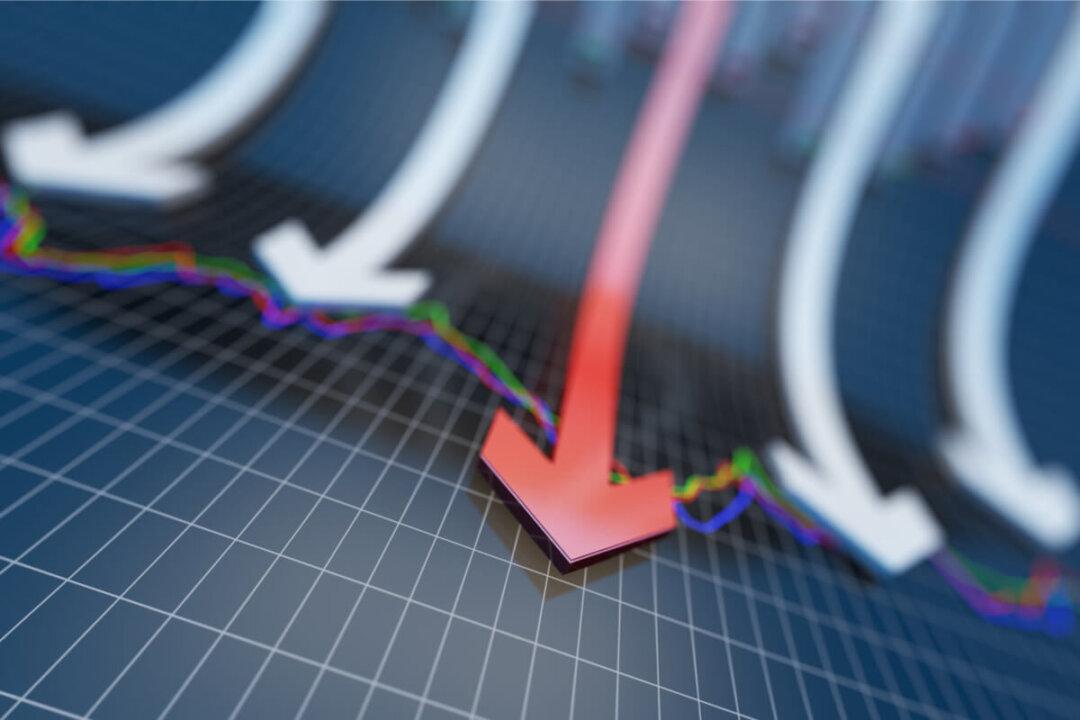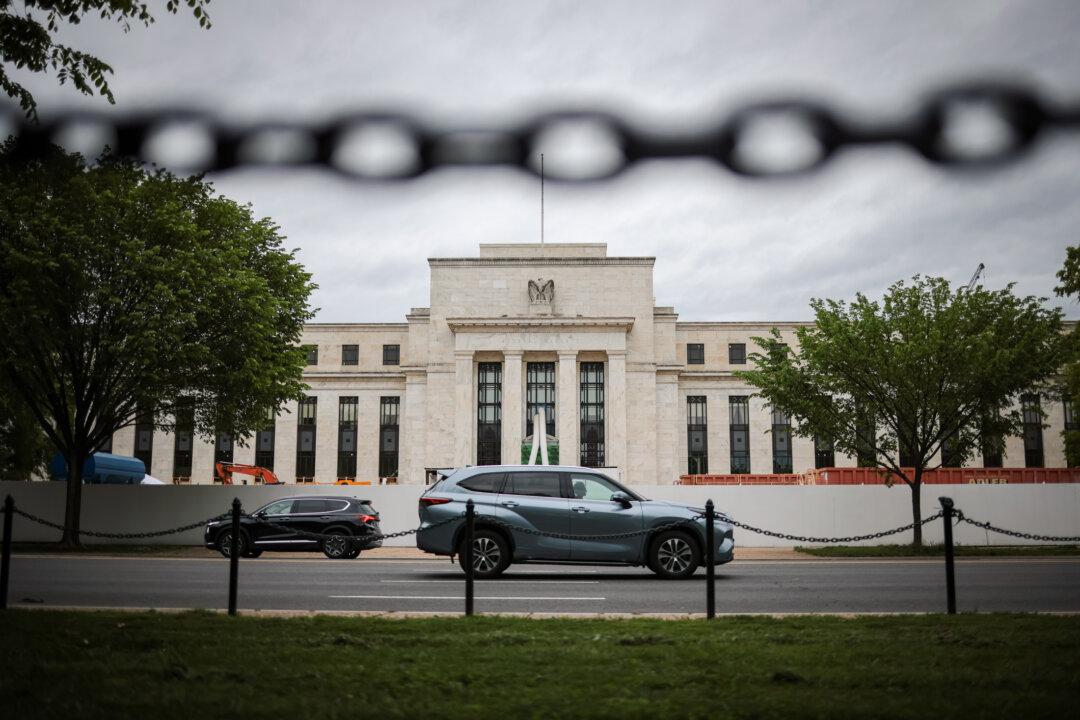Commentary
As the first round of the banking crisis fades, the market is refocusing on inflation and interest rate hike. Although U.S. inflation did come down, whether measured by consumer price index (CPI) or personal consumption expenditure (PCE), the year-over-year (YoY) downtrend was slow, and the month-over-month (MoM) decline was not persistent. For other advanced economies, the inflation downtrend is also uncertain, with some seeing rebounds in recent months. Against this backdrop, quite some central banks are cautious about ending tightening now.





